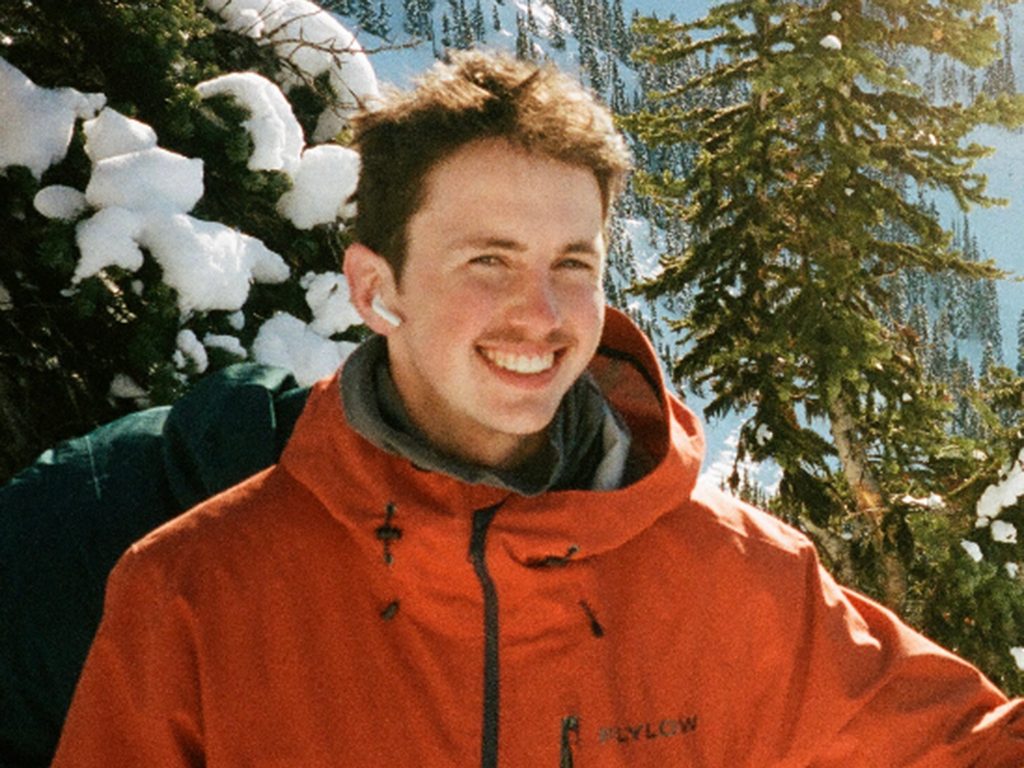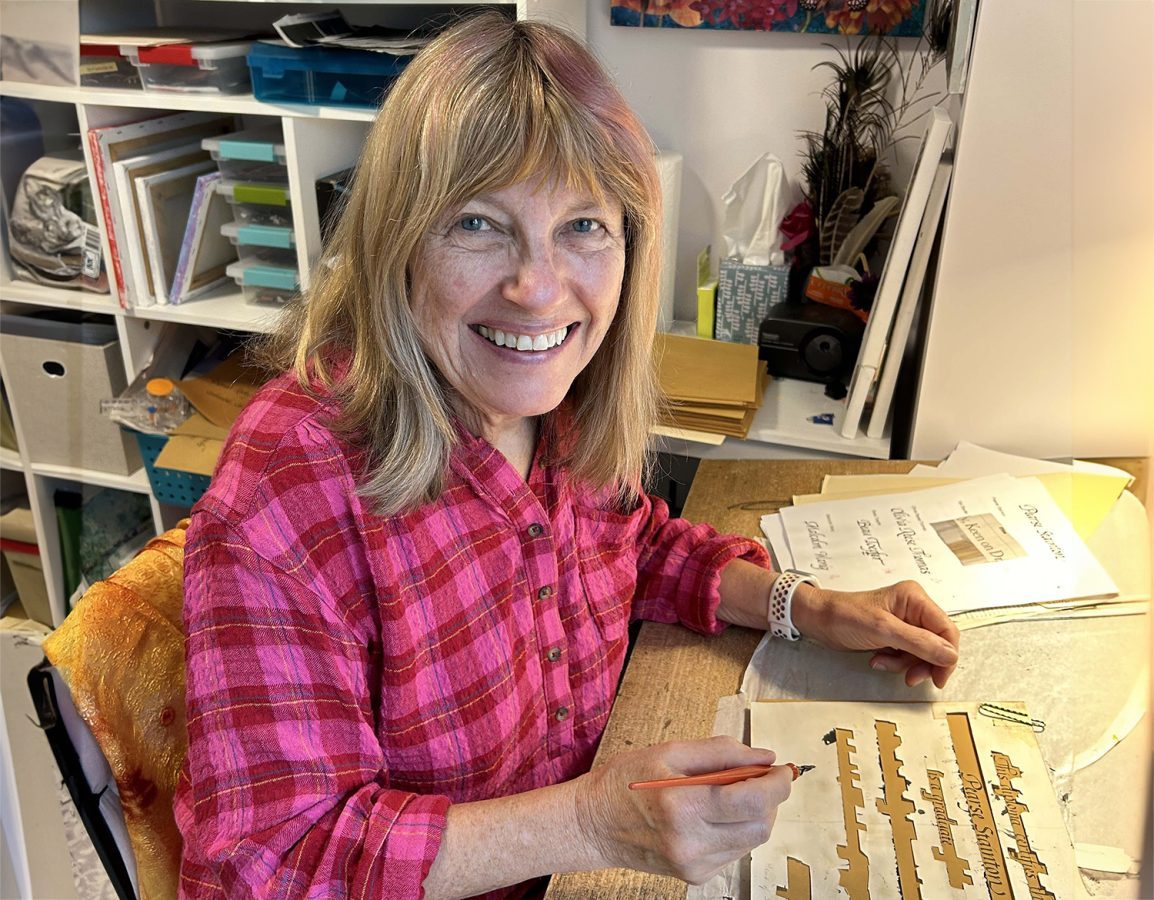Wild Mustang heads to CRMS
Reprinted from the September issue of Roaring Fork Lifestyle Magazine
The students involved in the horse program at the Colorado Rocky Mountain School (CRMS) dreamt for months of adopting a wild mustang. In June, their dreams came true.
Amanda Leahy, head of the CRMS horse program, spent the school year guiding her students through the planning and proposal process for adopting a mustang. The hope was to secure funds to purchase the mustang and prepare the facility to house and train it.
Horse program participants Megan Leahy, LJ Robertson, and Morgan Young drafted and submitted a proposal to win the Chris Babbs Prize for Student Innovation to finance the project. Shortly thereafter, the CRMS board granted the Mustang Adoption Initiative the $2,500 it needed to proceed.
WHY A MUSTANG?
CRMS decided to select an untrained horse to allow the students to engage in the training process themselves. Wild mustangs are routinely rounded up off of Bureau of Land Management (BLM) property and sold to the public. Controversy surrounds the practice of land and resources being shared by the free-ranging mustangs and the ranching industry.
The student proposal for project stated, “The initiative will provide an intensive education on the subject of BLM management of wild horse herds; allow students to learn upper-level horse training skills through the experiences of starting a horse under saddle and progressing up through each equitation/riding skill set; create an authentic, hands-on and meaningful relationship with an iconic animal, and train the mustang to be a permanent member of the CRMS horse community, one available for subsequent students to ride and care for in the program.”
Once the initiative was granted funds, it was Amanda Leahy’s responsibility, as head of the program, to adopt the mustang. “There are a variety of mustang adoption initiatives out there, but I decided, in the end, to travel to Canon City State Penitentiary where the BLM has a large mustang holding facility in which they utilize the WHIP program.”
WHIP stands for the Wild Horse Inmate Program. The Colorado Correctional Industries launched this program with the BLM in 1986 to train and offer mustangs for adoption. Within the facility, the inmates take care of the horses and help with the halter and saddle training of a few select mustangs each month.
SELECTING RUNE
Unfortunately, due to rules governing prison security, CRMS students could not venture to the correctional facility to select the horse. As a fellow horse-fanatic, I asked Amanda if I could tag along on this memorable excursion. She agreed to the company.
After getting background checks and leaving our personal items at the gate, Amanda and I ventured into the prison facility to check out the horses. We were shuttled to the WHIP program in a correctional facility van, along with 10 other individuals hoping to adopt. Several hailed from Glenwood Springs and New Castle; they had adopted wild mustangs before.
Upon arrival, we were given access to large pens of wild horses separated by gender and age. Amanda recalls, “It was a bit overwhelming—all of these horses, many the progeny of some long-ago ancestor gone wild, running the length of the pen, or, after some time, showing a certain amount of curiosity.” Herds of nearly 100 horses surrounded us quickly, eager to sniff our jackets. It was hard not to fall in love with these animals. With shaggy manes, fluffy feet, and gangly legs, the horses moved around in beautiful synchronicity. They raced from end to end of the field if they felt threatened in any way.
Marching through the mud and in the rain, we visited eight paddocks over five hours, scribbling down numbers of the horses that caught our eyes.
Finally, in a group of five-year-old geldings, a tall, proud, black beauty lifted his head and looked over at us. Calm and collected, he was curious without being overbearing. He would run with the herd, but he was not the first to lead the group away out of fear. He was strong, healthy, handsome, and seemed to have some sense. Amanda hollered for me to take his number down, as he was the one.
“THE EXPRESSION, THE CARRIAGE OF HIS HEAD”
Amanda commented, “Selecting him was about confirmation, movement, social interaction with the other horses and, in the end, something more—the expression, the carriage of his head, the eyes. The feeling that you rely on when a choice has to be made after the rational requirements have been met.”
Amanda decided to name him Rune, due to his wonderful history and the mystery of his background.
At that point, horse trainer Jessica Woodmancy joined us in the paddock. Jessica will work with Rune to ensure that he will have the fundamental ground manners needed so that we can eventually begin saddle-training applications. An experienced mustang trainer, Woodmancy agreed that the black gelding appeared to have the right temperament and confirmation.
A BRIGHT AND ABLE STUDENT
After filling out the paperwork, we discovered that Rune came from BLM land near Rock Springs, Wyoming. Jessica had already worked with horses from that herd, finding them healthy and sensible. We all felt good about selecting Rune.
Next, we needed to load the horse into Jessica’s trailer. Inmates on horseback helped to herd Rune into a separate paddock. We held our breath as Rune charged down the chute, the fence slamming shut behind him. Rune snorted deeply, realized he had no choice, and jumped into the trailer. He was clearly scared and skeptical of what was happening, but he was also sensible and stayed relatively still. I breathed a sigh of relief, as I did not want him to get hurt in the trailer. We sped out of the prison, and the deal was done.
Rune has been in some training with Jessica now for over a month. Within hours, she was able to get his halter on him, and within days she was braiding his mane. He has been an excellent student. Recently, he has even been loaded into a horse trailer. “He is very sweet and wants to please! Curious, but wary of things until I prove to him it’s nothing to worry about…he is smarter than others I have worked with,” explains Jessica.
Rune has arrived at CRMS and students in the advanced horse program have started to work with him. While there is something heartbreaking about taking an animal out of the wild and making it comfortable with human touch, it is good to know that Rune will have a wonderful life on the CRMS campus. Most of all, the community there will appreciate him for who he is, and for what he once was.
Stay tuned for more news on Rune and his adjustment to life at CRMS in the coming months. For more information on our horsemanship program visit: www.crms.org/outdoors/sports/horsemanship-program/
 MYCRMS
MYCRMS
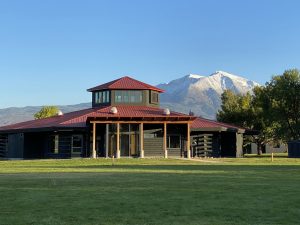
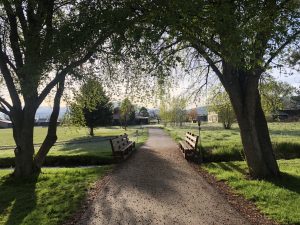
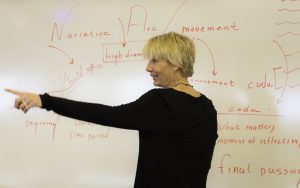
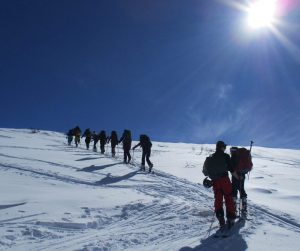

 Virtual Tour
Virtual Tour